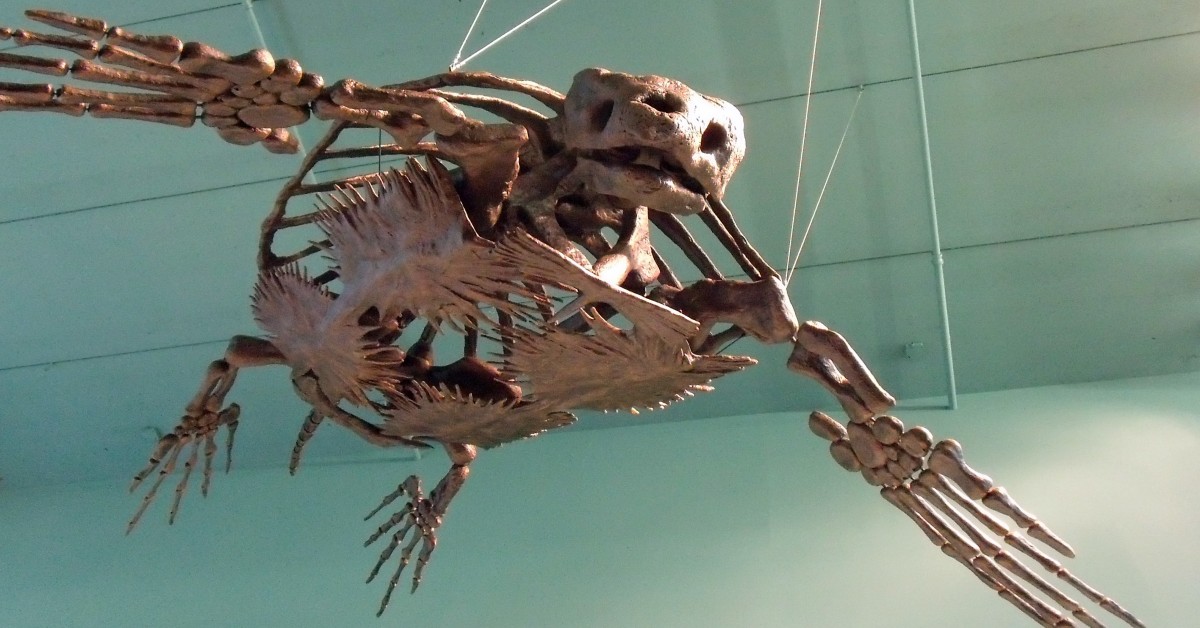Paleontologists in Spain unearthed a new prehistoric sea turtle species which they believe to be among the largest ever.

The research team at the Autonomous University of Barcelona analyzed the pelvis bone and posterior part of the shell previously recovered in the Pyrenees in northeastern Spain, and determined the turtle was about 12 feet (3.74 metres) long, just about the size of a smaller car, according to a news release on the study. This means that the specimen represents the largest marine turtle to have been found in Europe so far.
A hiker stumbled upon part of the fossil while traversing the Pyrenees in 2016. He immediately called the local authorities who recovered it and transferred it to a local museum, where it sat for years until 2021, according to Albert Sellés, a researcher with the university’s Miquel Crusafont Catalan Institute of Paleontology.
Then, recently, paleontologists returned to the site and unearthed another piece of the fossil, according to Sellés, who co-authored the study. The team began to compare newly discovered remains to those of other giant ancient sea turtles that roamed the waters near North America, such as Archelon pictured below. But they found these fossils were different, both regarding the shell and the pelvis.

“That’s when we realized that what we had before us was something different,” Sellés told USA TODAY. The newly discovered turtle is slightly smaller than the extinct Archelon, the world’s largest known prehistoric sea turtle, which lived in the seas surrounding the North American continent towards the end of the Cretaceous period and could grow up to 15 feet long (4.6 metres) and weigh as much as 3.5 tons.
Since the remains found were rather incomplete, Sellés and his colleagues could find out relatively little about the giant turtle’s lifestyle. Yet, they were able to get some hints about its physiology. The pelvis, for example, has two protruding sections that the team hypothesizes could have allowed the turtle to compress its stomach area to expel air from its body and descend into deeper waters.

The very existence of Europe’s largest turtle ever found also changes our understanding about the evolution of large sea turtles because it shows other species of ancient sea turtle could achieve a massive size too – apart from the ones already known and also outside of North America. This suggests that gigantism in marine turtles developed independently in different lineages in both North America and Europe, according to the authors.
“The evolution of turtles’ sizes is more complex than what he had thought up to this point,” Sellés concluded. “It was always thought that large sea turtles belonged to the Archelon and Protostega groups. Now it doesn’t seem so.”
